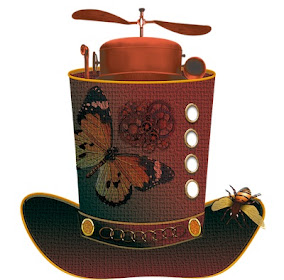Some of us use our feeds--our whole feeds, not just the most recent stuff--to make an index of our blogs, or to reverse the order so that it begins with the oldest post.
The default Blogger feeds, however, show only the most recent 25 posts. This is pretty easy to get around: you just append "max-results=999" to the feed url, which overrides the 25-post limit (replacing it with a a larger one). So the feed for this blog, breaking the 25-post barrier, is
http://too-clever-by-half.blogspot.com/feeds/posts/default?max-results=999It turns out that Blogger has a second, more-serious limit of 500 posts per feed. Here's how that works, and how to work around it if your blog has more than 500 posts.






